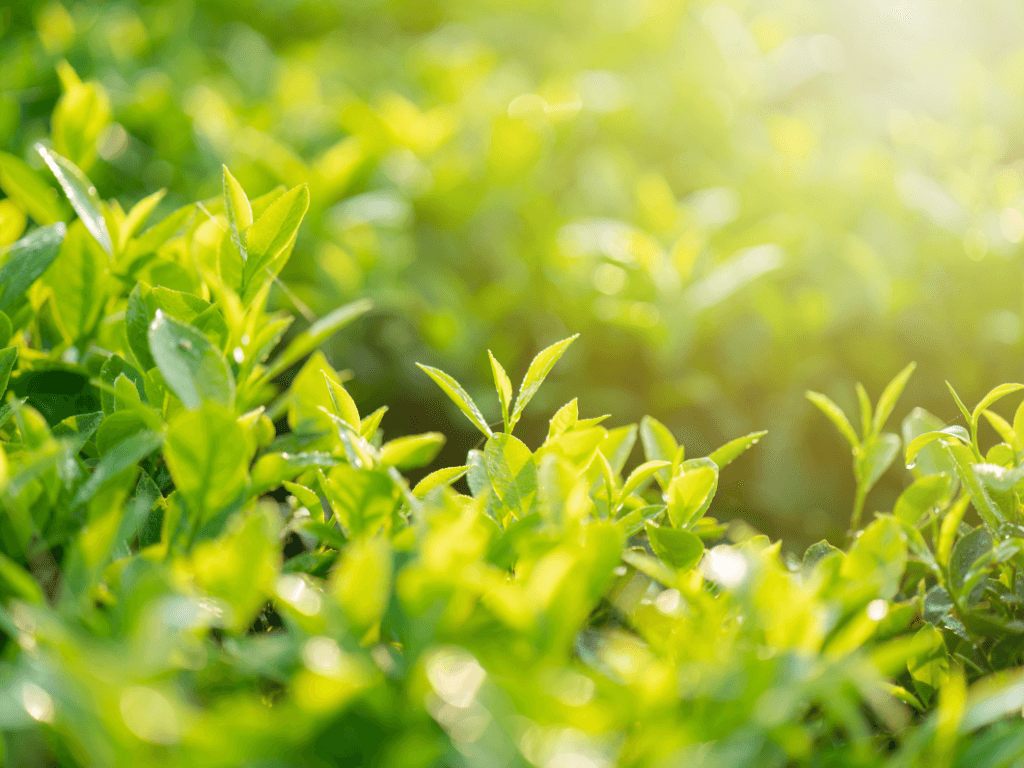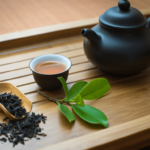The Benefits of Cultivating Long-Leaf Green Tea

Among the many varieties of tea, long-leaf green tea stands out for its exceptional flavor and health benefits.
Revered for centuries, this tea offers a unique taste profile and powerful wellness properties.
In this guide, we’ll explore what makes long-leaf green tea special, its health benefits, and the best cultivation and processing practices to ensure high-quality leaves from garden to cup.
What Is Long-Leaf Green Tea?
Long-leaf green tea is made from the young, tender leaves of the Camellia sinensis plant. Unlike finely chopped or broken-leaf teas, this variety retains its elongated leaf shape, which helps preserve its delicate flavors and antioxidant content.
The result is a natural, full-bodied tea with no artificial additives and a cleaner, more refined taste.
Health Benefits of Long-Leaf Green Tea
Long-leaf green tea is rich in catechins, especially epigallocatechin gallate (EGCG), known for its powerful antioxidant, anti-inflammatory, and anti-cancer properties. Other key health benefits include:
Improved brain function and alertness (with moderate caffeine content)
Enhanced fat burning and metabolism
Lowered risk of cardiovascular disease
Reduced LDL cholesterol and triglycerides
Protection against oxidative stress and cellular damage
Cultivation Practices
To grow premium long-leaf green tea, optimal conditions and techniques are essential:
Location: Well-drained soil, full sunlight, and proper spacing between plants.
Irrigation: Consistent watering to support healthy leaf development.
Fertilization: Balanced nutrients including nitrogen, phosphorus, and potassium.
Harvesting time: The best leaves are young and tender, harvested just before they mature.
Harvesting Techniques
Harvesting is typically done by hand to ensure only the highest-quality leaves are selected. Key harvesting tips include:
Picking in the early morning when leaves are full of moisture
Selecting a firm, bud-attached leaves
Minimizing bruising to preserve flavor and integrity
After picking, the leaves are immediately transported to avoid oxidation and quality degradation.
Drying Methods
Drying removes moisture to prevent spoilage and preserve flavor. Common methods include:
Air drying: Natural and gentle, but slow and weather-dependent
Sun drying: Faster with a distinct aroma, though harder to control
Oven drying: Ideal for small batches or controlled environments
Processing Steps
Processing long-leaf green tea involves:
Withering: Leaves are laid out to soften and reduce moisture.
Rolling: Releases essential oils, intensifying flavor and aroma.
Drying: Final dehydration step that halts oxidation and locks in taste.
Proper processing requires precision to protect the natural character of the leaves.
Storage and Distribution
To maintain freshness and quality:
Store in airtight containers away from heat, light, and moisture.
Use resealable pouches or foil-lined tins.
Ensure fast and careful shipping to minimize flavor loss during transit.
Proper storage ensures that consumers enjoy a fresh, full-bodied brew every time.
Conclusion
Long-leaf green tea is not only a delight to drink but also a symbol of mindful cultivation and wellness.
From its high antioxidant content to its refined taste, it offers numerous advantages for both growers and tea lovers.
Whether you enjoy it hot or iced, growing and processing your own long-leaf green tea can be a rewarding journey into one of the world's most beloved beverages.
Leave a Reply




Related Posts